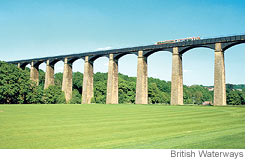(p. A12) Authors of the report, ”Doing Business,” by the World Bank and the International Finance Corporation, the bank’s private sector arm, say they hope simplifying and easing the rules of the capitalist game will entice more businesses above ground.
A team of 30 researchers found that African countries had made many incremental changes.
”The most surprising thing for me was to see the pickup of reform in Africa,” said Simeon Djankov, a World Bank economist who four years ago developed the rankings on the ease of doing business. ”Something has happened this year. At least two-thirds of Africa’s countries have at least one positive reform.”
Tanzania computerized its business and tax registries and reduced delays in customs inspections and the courts.
Ghana has cut the corporate tax rate to 25 percent, from 32.5 percent, and made it easier to export goods.
Rwanda scrapped a law adopted during Belgian colonial rule that had given one official a monopoly on notarizing documents for the entire country.
Ivory Coast slashed the time to register property to a month from more than a year by eliminating a requirement that the urban minister give his consent.
Wealthy donors like the World Bank, the United States and Britain, which focus on spurring economic growth and job creation, are putting heavier emphasis on such changes in deciding where to provide aid.
The Millennium Challenge Account, President Bush’s aid program, explicitly uses the bank report’s measure of days to start a business as one criterion for deciding who qualifies for large grants.
For the full story, see:
(Note: the online version of the article had this, slightly different, title: "In Africa, a More Business-Friendly Approach.")


 "William Kelly, 43, extracted part of his own tooth, leaving a black stump. He plans to pull one more." Source of caption and image:
"William Kelly, 43, extracted part of his own tooth, leaving a black stump. He plans to pull one more." Source of caption and image: 



 Source of book image: http://www.mikemilken.com/fincareer.taf?page=they_made_america
Source of book image: http://www.mikemilken.com/fincareer.taf?page=they_made_america